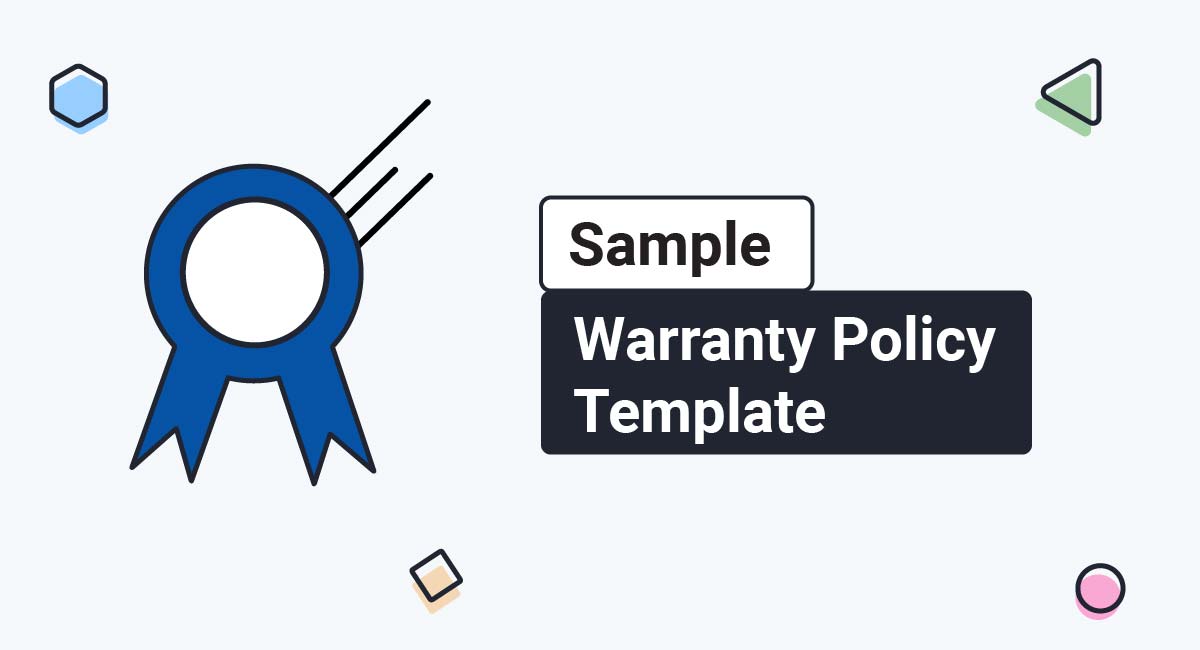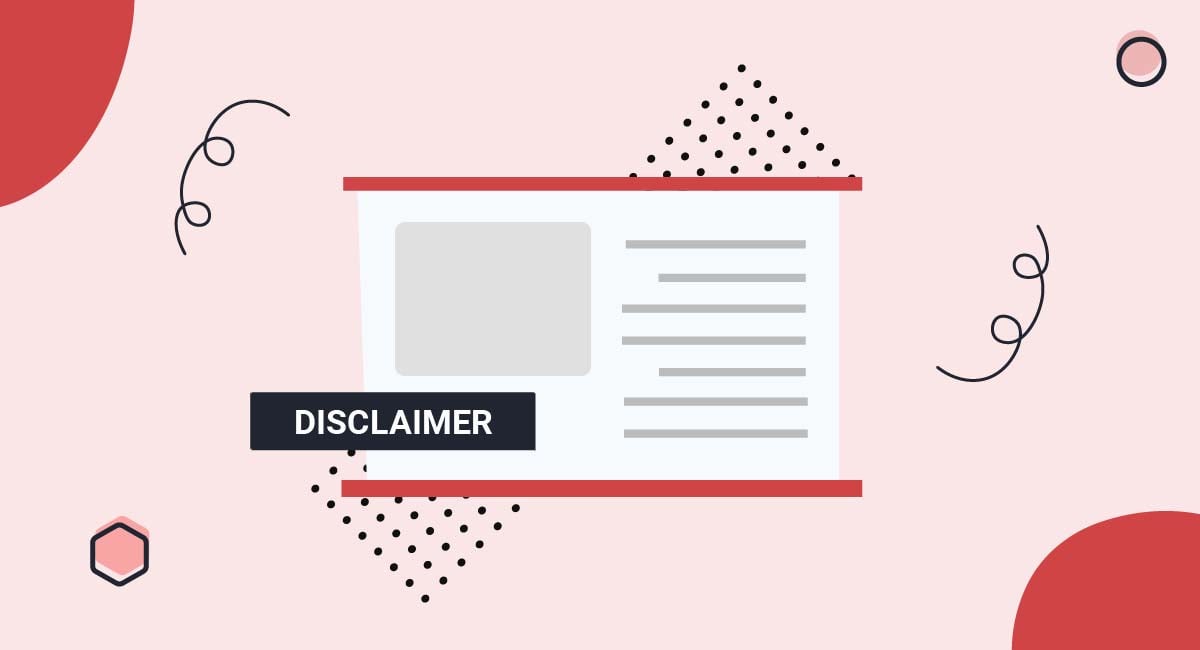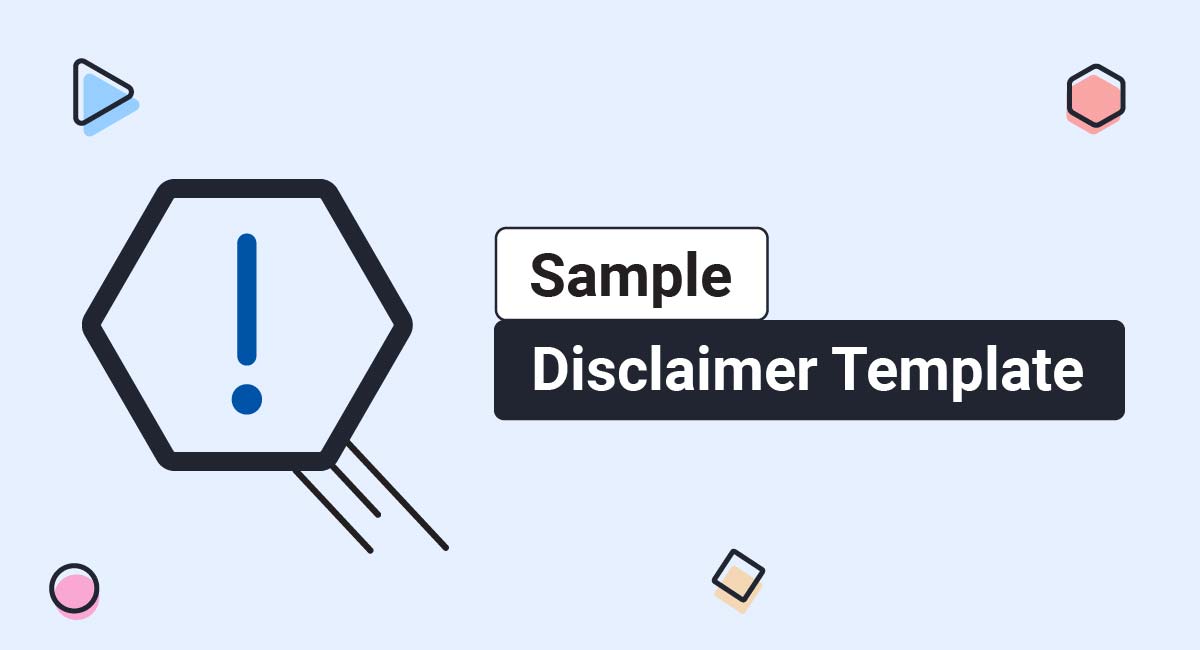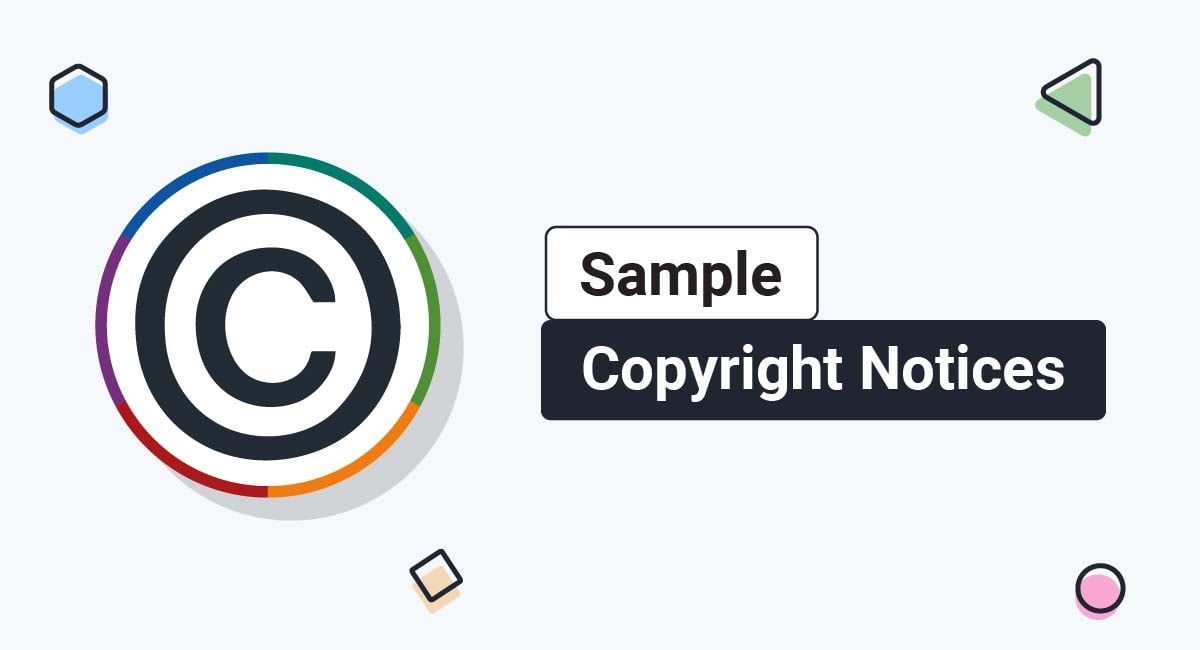A Warranty Policy is a statement that puts your users or customers on notice of what type of warranty coverage you offer, or if you don't offer one. It can be part of a Terms and Conditions agreement, as well as a standalone policy on your website.
This article will break down what exactly this policy is, why you should have one, and what you should include in your own Warranty Policy. We also provide a sample template to help you create your own.
- 1. What's a Warranty Policy?
- 2. What to include in a Warranty Policy?
- 2.1. Section #1: What does this Warranty Policy cover?
- 2.2. Section #2: What will you do to correct problems?
- 2.3. Section #3: How long does the coverage last?
- 2.4. Section #4: What does this Warranty Policy not cover?
- 2.5. Section #5: What do customers need to do to get repairs/service under the Warranty Policy?
- 2.6. Section #6: Applicable state laws
- 3. Download Sample Warranty Policy Template
- 3.1. More Disclaimer Templates
What's a Warranty Policy?
A Warranty Policy is where you let your customers know the specific and exact terms of your warranty, such as:
- What parts or components of a product are covered by the warranty and what parts/components are not covered
- How long the warranty period lasts for (how long can customers get coverage)
- What you will do to correct any issues with a product that fall under the warranty's coverage
- How a customer can get service under the warranty
- Whether any state laws affect certain provisions of your Warranty (in the case of US warranties)
What to include in a Warranty Policy?
What to include in your Warranty Policy really depends on your business and what kind of products you sell.
Here are some of the most common and useful sections that are standard to most Warranty Policies. They're a good place to start when putting together your own warranty terms.
Section #1: What does this Warranty Policy cover?
The first section of your Warranty Policy should include what it covers. For example, note that the warranty:
- Covers any defects in materials used to manufacture your product
- Covers any defects in workmanship under normal use
- Covers any broken components under normal use
Section #2: What will you do to correct problems?
The second section of your Warranty Policy should include what you, as a company, will do to correct the problems faced by a customer for products that are still under warranty.
Depending on your business model and what you’d like to include, this section can have any of the following or some different remedy:
- The company will repair the product, at no cost, if the product is still under warranty
- The company will repair any broken parts of a product using new or replacement parts
- The product will be exchanged with a new product
- The price of product will be refunded
Section #3: How long does the coverage last?
The third section of your Warranty Policy needs to mention how long the warranty coverage lasts. This will be how many days/years a customer has protection under the warranty.
This section depends on the goods you’re selling and what coverage you want to offer. You may have one flat warranty period (everything gets a 2-year warranty). Or, you may have multiple categories of products that need different periods of coverage. If you have multiple categories, mention the list of products and what warranty period exists for each.
An example can be:
The Warranty Period for Physical Goods purchased from My Company is 180 days from the date of purchase.
You can also address the warranty status of products that have been repaired under warranty. Does a new coverage period begin after the repaired product has shipped, or does the repaired product go back under the original coverage period.
Section #4: What does this Warranty Policy not cover?
The fourth section of your Warranty Policy can include conditions which are not covered by your company, such as:
- Damage of a product resulting from negligence
- Damage of a product resulting from unauthorized modification of the product
- Damage caused by natural disaster
- Theft or loss of the product
- etc.
Section #5: What do customers need to do to get repairs/service under the Warranty Policy?
The last section of your warranty should include information about how a customer can contact you to get service for the products and what conditions must be met during the process. This can include things like:
- If the product must be in returned in its original packaging, or if the customer can send it in any package
- If a Return Merchant Authorization (RMA) is required
- If any documents or accessories that shipped with the product must be included in the package
- How to contact you: by email, by phone or by mail address
- Any nominal fees you charge for shipping, handling, etc.
Section #6: Applicable state laws
Depending on your country, states laws might affect what you write in the Warranty Policy.
U.S. businesses include a Consumer Protection section in their Warranty Policies:
Consumer Protection
Some states do not allow the exclusion or limitation of incidental or consequential damages or allow limitations on how long an implied warranty lasts, so the above limitations or exclusions may not apply to you. This warranty gives you specific legal rights, and you may also have other rights that vary by state to state.
Download Sample Warranty Policy Template
You can download a Warranty Policy template from here.
If you sell products and are looking for a Return and Refund Policy, read our Sample Return Policy For Ecommerce Stores article.
This template available for download, for free, includes these sections:
- What does this Warranty Policy cover?
- What will you do to correct problems?
- How long does the coverage last?
- What does this Warranty Policy not cover?
- What do customers need to do to get repairs/service under the warranty?
- Applicable state laws
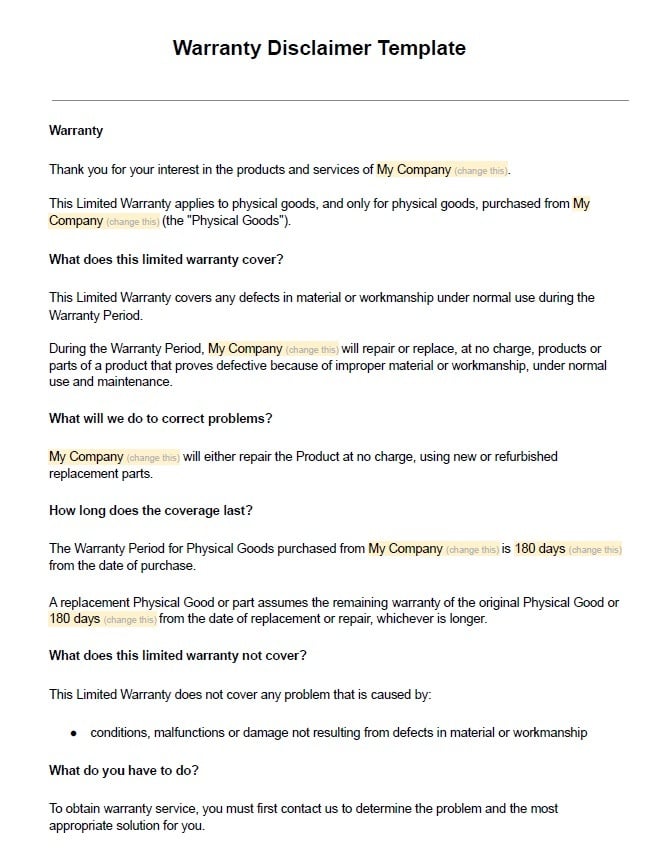
More Disclaimer Templates
More specific Disclaimer Templates are available on our blog.
| Sample Disclaimer Template | A Disclaimer for all sorts of businesses. |
| Sample App Disclaimer Template | A Disclaimer for mobile apps. |
| Testimonial Disclaimer Sample | A Disclaimer for testimonials. |
| Sample Fair Use Disclaimer Template | A Disclaimer for fair use. |

Comprehensive compliance starts with a Privacy Policy.
Comply with the law with our agreements, policies, and consent banners. Everything is included.
